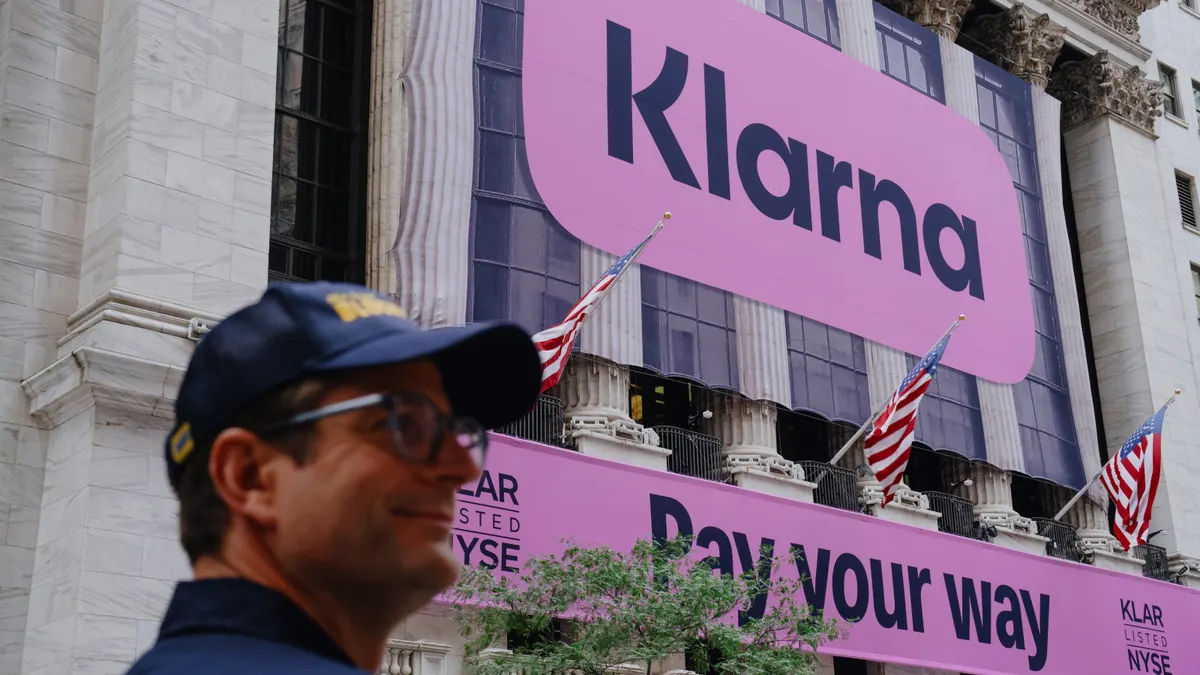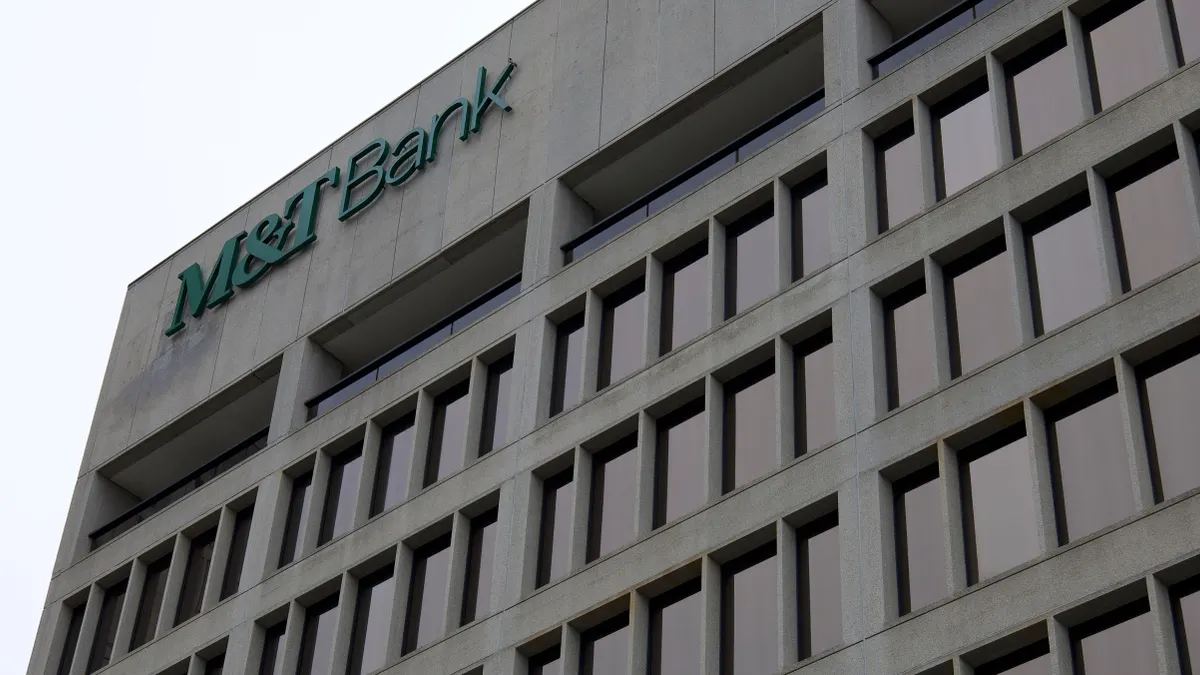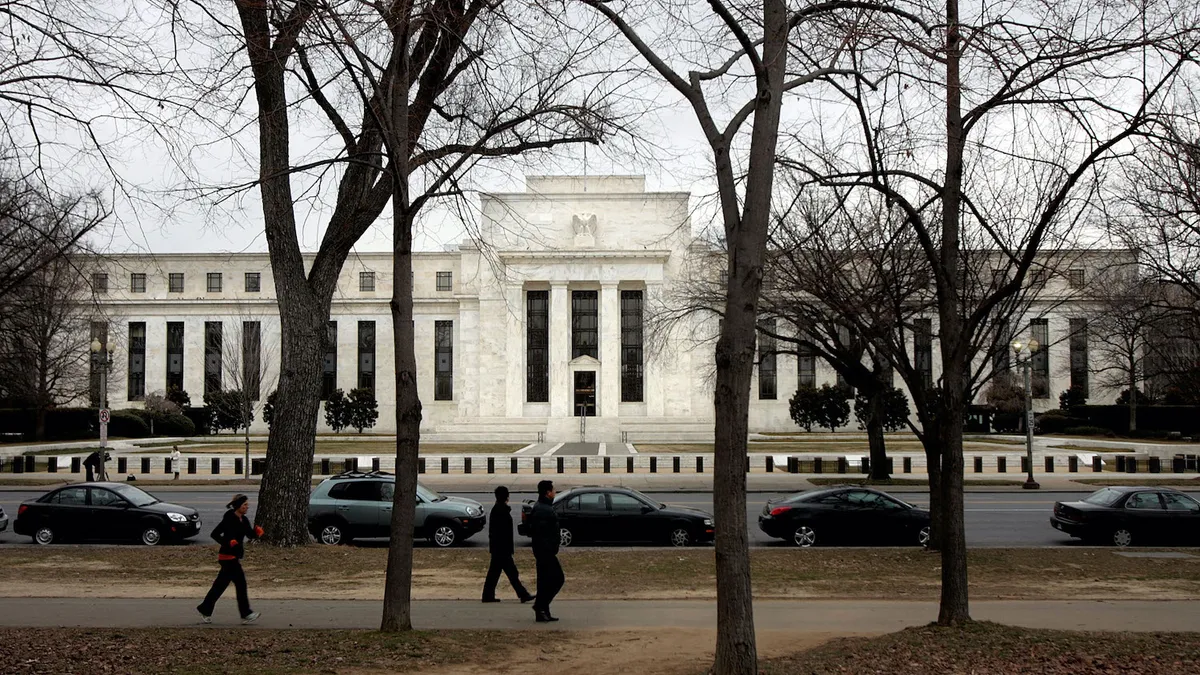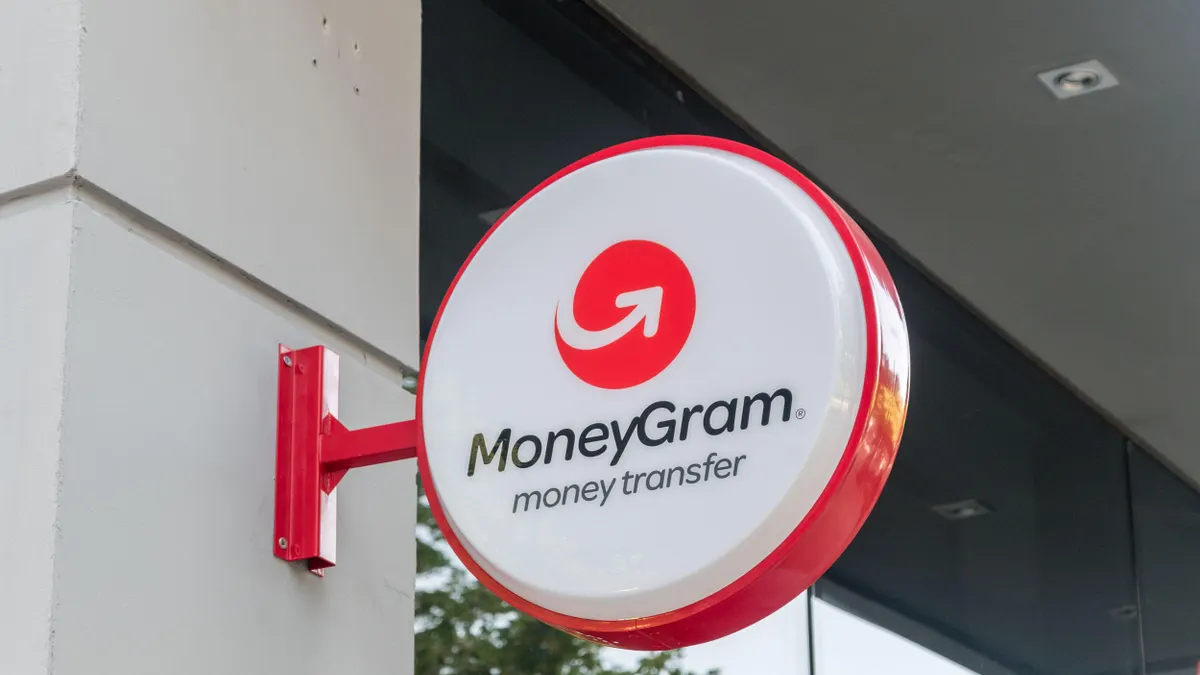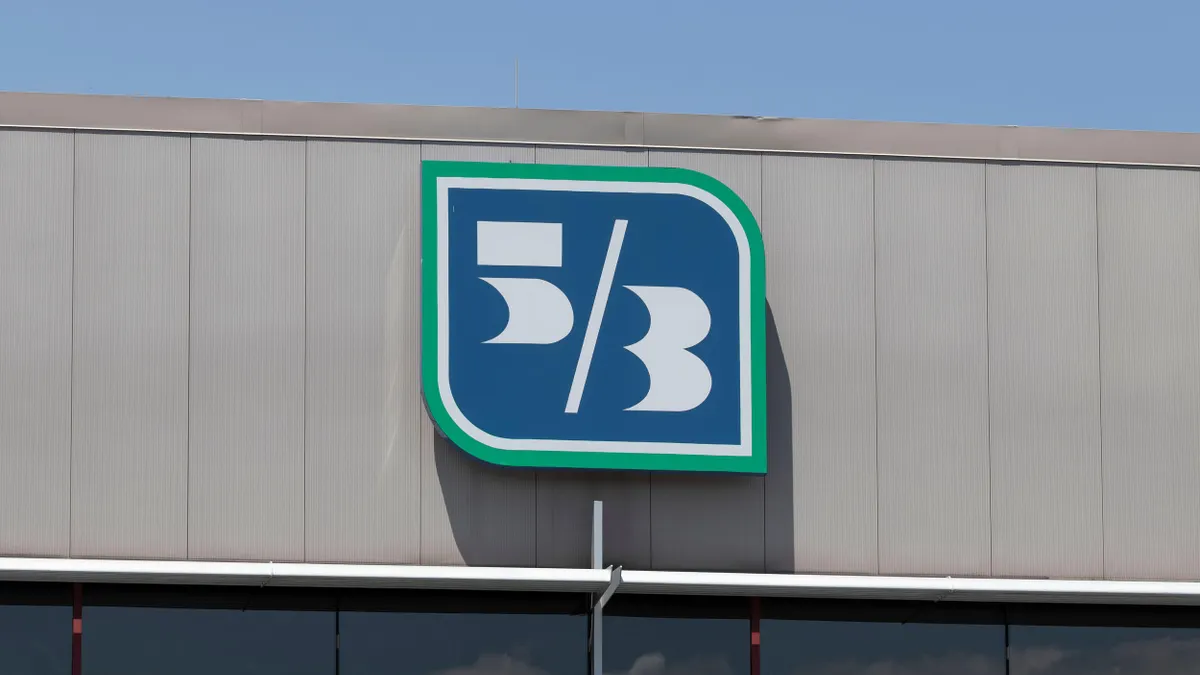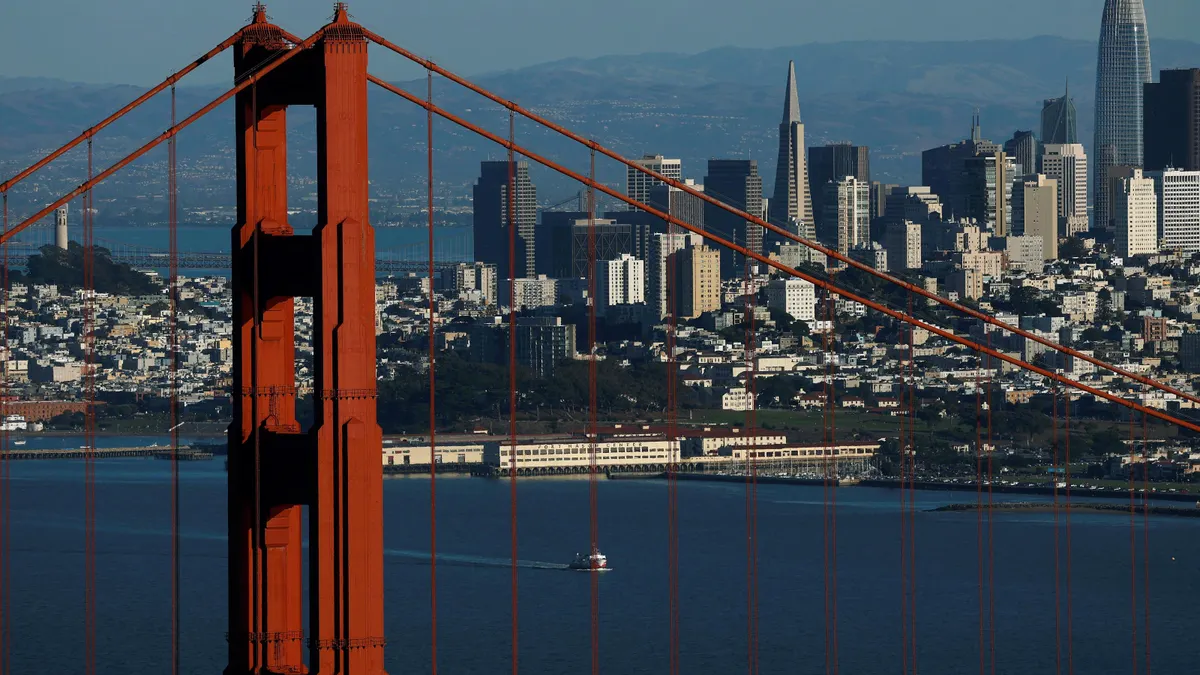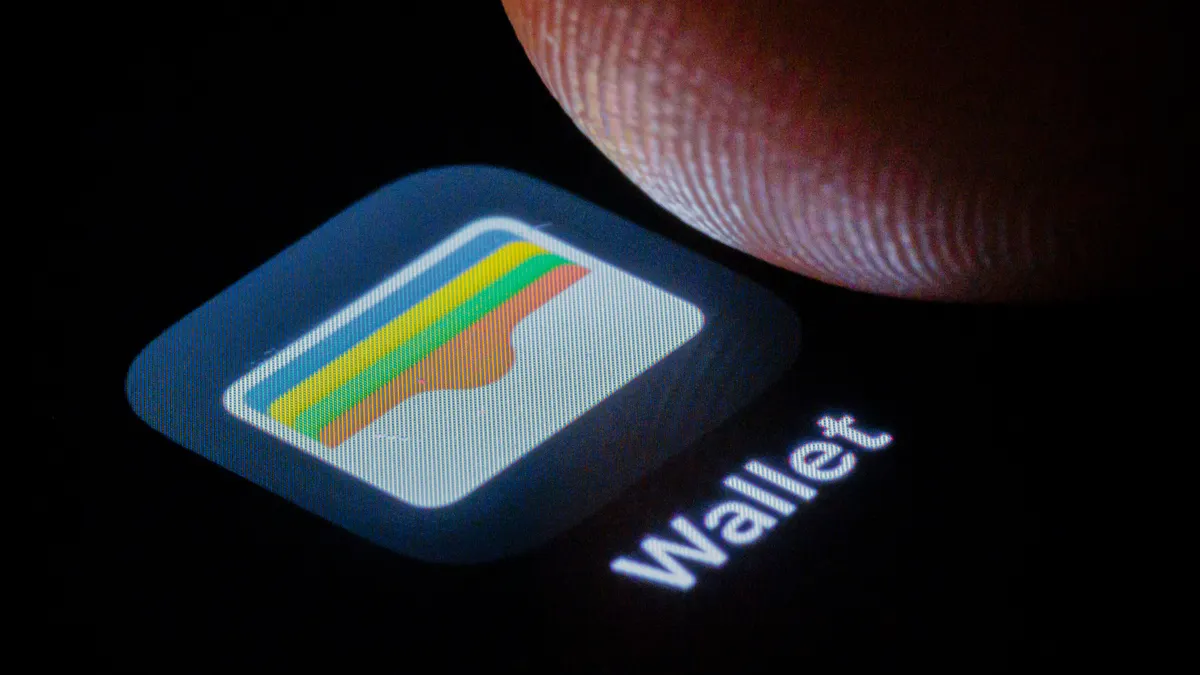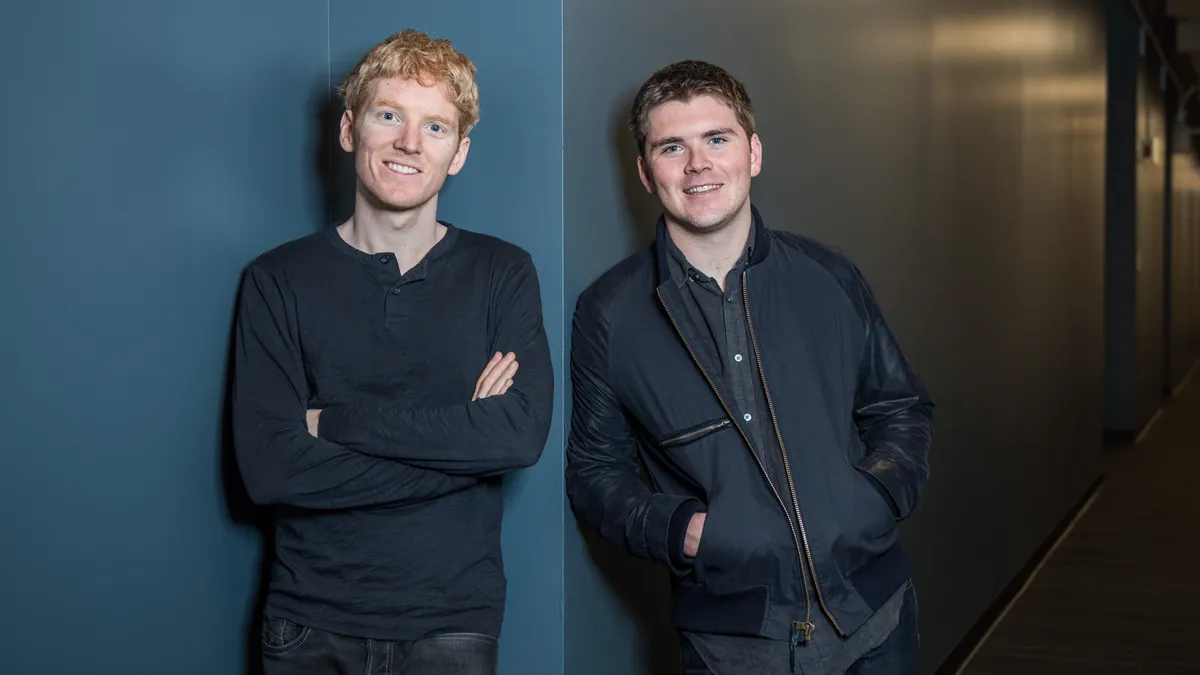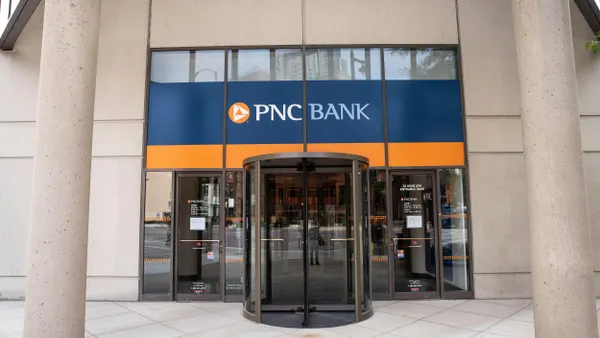Klarna wants to make its buy now, pay later option "ubiquitous" at the retail checkout as a primary engine for future growth, the company’s chief commercial officer said Tuesday.
“Our aspiration is to be ubiquitous at the checkout, and what that drives is actually a habitual behavior of, ‘I see Klarna, it's regular, I can use it more often,’” Chief Commercial Officer David Sykes said in an interview a day before the company’s initial public offering.
One area of retail progress: Klarna will debut its short-term loans at Walmart this month, a company spokesperson said Tuesday. That lending debut comes six months after the company announced that it had wrested the largest U.S. retailer away from BNPL rival Affirm Holdings.
Klarna is being incorporated into Walmart’s OnePay digital payments app that shoppers can use at their checkout in stores and online. Loan repayments will range up to three years, managed via the OnePay app, the companies said in March announcing their partnership.
Klarna’s business began in Sweden, spread across Europe and has spurred a worldwide trend over the past decade, inspiring a batch of BNPL companies, including U.S. rivals such as Affirm, Block’s Afterpay and Sezzle.
Affirm did not respond to a question about when its Walmart partnership would conclude. Affirm has been coy about its ongoing relationship with Walmart and when it will be removed from the retailer’s checkout display to make room for the exclusive tie to Klarna.
In May, Costco said it would add Affirm as a BNPL option for sales of $500 or more made at its online store – although customers can also use Klarna through Apple’s digital wallet. Affirm has also been the primary BNPL option at Amazon, the second-largest U.S. retailer, since 2021 for purchases over $50. That relationship, though, is no longer exclusive.
London-based Klarna counts 790,000 merchants and 111 million consumers in 26 countries, the company said last month in releasing quarterly income results ahead of its IPO. The number of shoppers using the payment method jumped 31% for the second quarter, compared to the year-earlier period, the company said. The U.S. is the company’s largest market, according to its financial release.
For its long-awaited IPO, Klarna offered 34.3 million shares priced at $40 Tuesday evening, with the company’s stock beginning to trade Wednesday on the New York Stock Exchange.
Klarna views retail transactions as structured like a pyramid, with abundant lower-value purchases – tennis shoes, cosmetics and Uber – at the base and far fewer high-value transactions at the top, Sykes said. Klarna favors the higher-volume approach.
“Some of our competitors start higher up on the pyramid,” he said. “They start with expensive electronics, expensive mattresses and all the rest. The challenge with that is there’s just less [purchasing] of them.”
The higher-end approach could have described rival Affirm in the past. At one point after the start of the COVID-19 pandemic, the maker of $1,000-plus Peloton stationary bikes was Affirm’s biggest client and accounted for a significant portion of its sales.
Despite its recent Walmart win supplanting Affirm, Sykes noted that retailers can offer multiple BNPL providers and said that attracting repeat users matters far more than snagging a spot on a retailer’s list of checkout options.
Target, for example, accepts payments from a half-dozen BNPL providers including Klarna for online and mobile app purchases, while numerous retailers such as Best Buy, Macy’s and Dick’s Sporting Goods allow customers to use multiple BNPL providers for payment.
Klarna can be used for payment at dozens of merchants, including Airbnb, eBay, Foot Locker, Lowe’s and Neiman Marcus.
“I think we are totally agnostic as to whether a partner has one or multiple options, just to be totally frank,” Sykes said. Over the past 20 years, Klarna has learned that “it doesn’t matter what you do” beyond becoming the shopper’s first choice, he said.
“All that matters is consumer preference,” Sykes said. “Customers have to want to press that button. So when I think about where we spend most of our time and energy and effort, it’s giving the end consumer a heap of reasons to click that Klarna button.”


